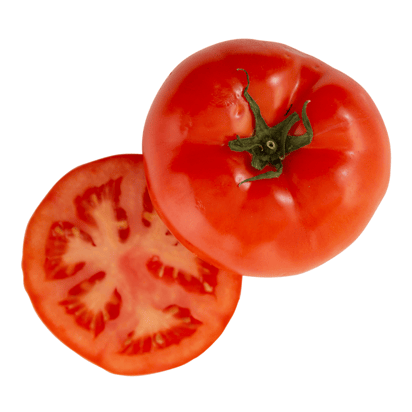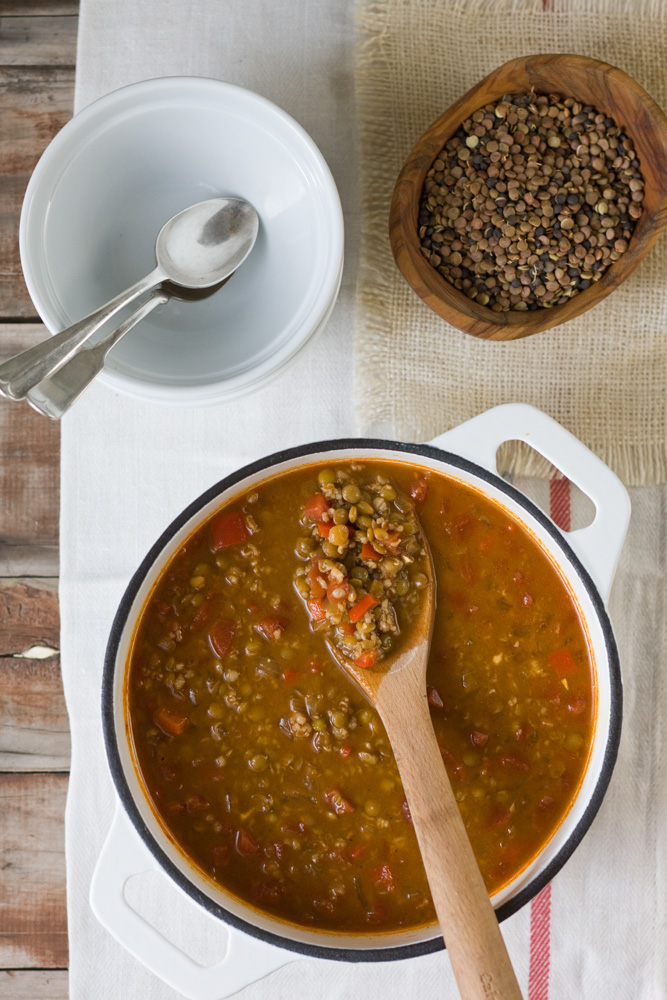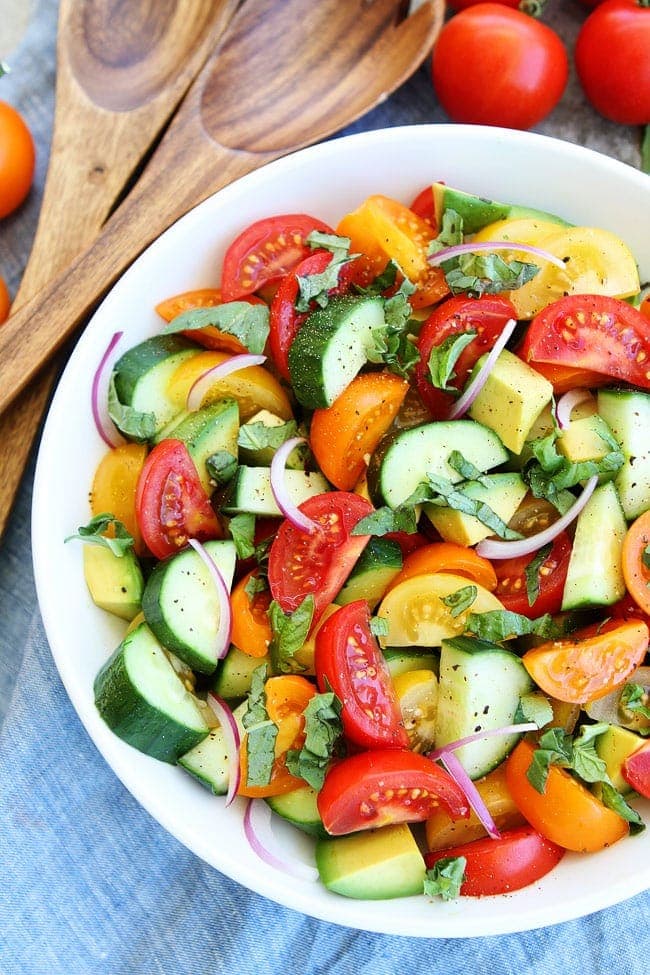Tomato: Important Facts, Health Benefits, and Recipes
Explore the health benefits of tomatoes, their nutritional information, and various cuisines that include them, along with storage tips and potential side effects.

Nutritional Facts
1 medium whole
Amount per serving
Calories
22.1
Carbohydrates
4.8 g
Fat
0.2 g
Protein
1.1 g
Saturated Fat
0 g
Sodium
6.2 mg
Fiber
1.5 g
Sugar
3.2 g
Best Tomato Recipes
-

-
:max_bytes(150000):strip_icc()/__opt__aboutcom__coeus__resources__content_migration__serious_eats__seriouseats.com__recipes__images__2012__08__20120820-tomato-jam-primary-d0db45af1e9b43f4896e8efc37ed2d7b.jpg)
-

-

-

-

-

-
:max_bytes(150000):strip_icc()/__opt__aboutcom__coeus__resources__content_migration__serious_eats__seriouseats.com__2020__04__20200408-spiced-okra-sho-spaeth-2-57bf0dae6c2d4a44ada1075690389574.jpg)
-
![Chicken in Tomato-Peanut Sauce Image]()
-
![Tomato & Burrata Bruschetta Image]()
-
![Tomato Lentil Chili Image]()
-
![Zucchini Tomato Quiche Recipe Image]()
-
-
![Farro Risotto with Tomatoes and Parmesan Image]()
-
![Sun-Dried Tomato Fundido Image]()
-
![Tofu Curry with Tomatoes and Peas Image]()
-
![Gazpacho Recipe Image]()
-
![Homemade Smash Burger Image]()
-
![Traditional Mole Sauce Image]()
-
![Croissant Breakfast Sandwich Image]()
-
![Homemade Mushroom Burgers Image]()
-
![Greek Tomato Salad Image]()
-
![Homemade Shrimp Burgers Image]()
-
![Bean and Cheese Baked Tacos Image]()
-
![Rooster Chicken Burgers Image]()
-
![Macheesmo Mud Image]()
-
![Grilled Cheese Club Sandwich Image]()
-
![Sonoran Hot Dogs Image]()
-
![Caprese Breakfast Sandwich Image]()
-
![BLT Quesadillas Image]()
-
![Bagel Club Sandwiches Image]()
-
![Carne Asada Nachos Image]()
-
![Traditional Club Sandwich Image]()
-
![Hard Roll Breakfast Sandwich Image]()
-
![Chicken Tikka Sandwiches Image]()
-
![Homemade Taco Bowl Image]()
-
![Lime Pepper Chicken Image]()
-
![Summer Caprese Salad Image]()
-
![Bacon Caprese Sandwich Image]()
-
![Chicken Taquitos Image]()
-
![Cheesy Guacamole Tostada Image]()
-
![Bruschetta Image]()
-
![Cobb Salad Sandwich Image]()
-
![Mexican Rice Image]()
-
![Avocado, Tomato, and Goat Cheese Toast Image]()
-
![Tomato, Cucumber, and Avocado Salad Image]()
-
![Crispy Mexican Tortilla Pizza Image]()
-
![Grilled Polenta Rounds with Black Bean and Avocado Salsa Image]()





:max_bytes(150000):strip_icc()/__opt__aboutcom__coeus__resources__content_migration__simply_recipes__uploads__2018__07__zucchini-tomato-quiche-horiz-a2-1800-d4beb8bdabb5471f902a07140d5737f7.jpg)



:max_bytes(150000):strip_icc()/__opt__aboutcom__coeus__resources__content_migration__simply_recipes__uploads__2015__08__gazpacho-horiz-c-1600-a02c09a83c6245af989c9b07b30e1b3a.jpg)






























